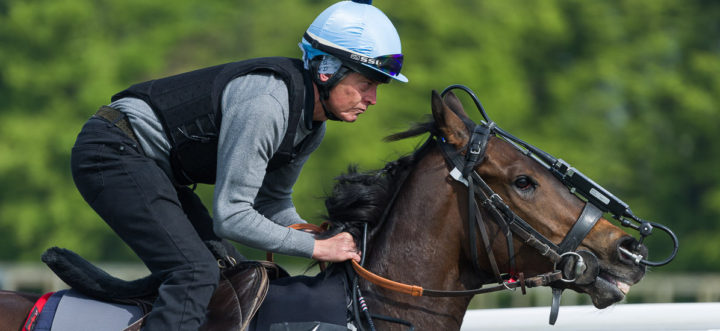Laryngeal Problems - Hocus pocus or cutting edge science?
/FIRST PUBLISHED IN NORTH AMERICAN TRAINER AUGUST - OCTOBER 2017 ISSUE 45
Click here to order this back issue!
PHOTO GALLERY
Recurrent laryngeal neuropathy (RLN) is the correct term for the condition better known as roaring or laryngeal hemiplegia. It is extremely common in Thoroughbreds and represents one of the major causes of poor performance or jockey-reported noise.
Because it is so important, many young horses are scoped at sales looking for laryngeal asymmetry to try to identify those that may be at risk of having this condition. But scoping at rest is fraught with difficulty – the larynx may be normal at rest only to show signs of weakness during exercise, so positive cases can be missed.
Conversely, tired young horses can have apparently poor laryngeal function at rest that in fact is of little significance. Many question whether subjecting foals and young horses to endoscopy at sales is reasonable, although in part this latter concern is reduced now that videoendoscopy is available.
Furthermore, the dynamic endoscopy, overground or on a treadmill, is widely accepted as the best way to evaluate horses suspected of having upper airway disorders leading to dynamic obstruction of the airway during exercise, a population that may or may not have obviously abnormal throats when examined at rest.
Nevertheless, there is a need for better tools to evaluate the larynx for clinical application and also to allow researchers to study the condition in more detail. Two recent studies published in Equine Veterinary Journal have addressed this issue..




